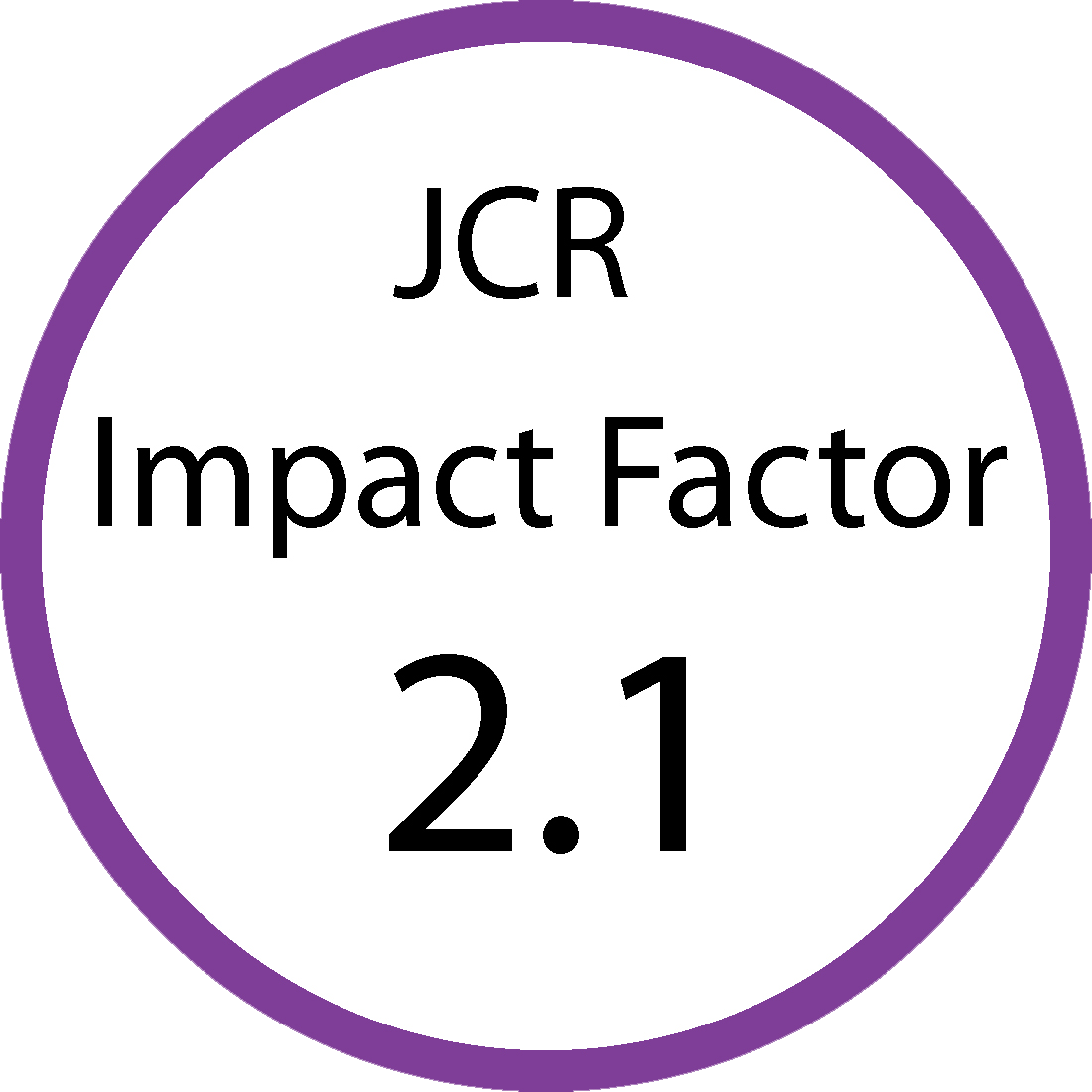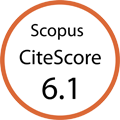Clinicopathological Factors and Interleukin-6 Levels Associated With Low Relative Dose Intensity in Women With Breast Cancer Receiving First-Line Chemotherapy
Abstract
Background: Chemotherapy has a substantial role in decreasing the risk of recurrence and mortality in breast cancer (BC) in a dose-dependent manner where a low relative dose intensity (RDI) is associated with unfavorable outcomes. Several baseline clinicopathological factors, including pro-inflammatory biomarkers, were found to be significant determinants of low RDI. This study aimed to explore the occurrence of low RDI and its influencing factors in women with BC.
Methods: This cross-sectional study recruited 172 women with stage I-IV BC who received first-line chemotherapy. We collected patients clinical, pathological, and treatment data and analyzed the pre-chemotherapy C-reactive protein (CRP) and interleukin (IL)-6 levels using a quantitative enzyme-linked immunosorbent assay (ELISA). We calculated the RDI based on the actual and planned delivered chemotherapy dose (mg/m2) and duration (weeks). RDI less than 85% was defined as low. Multivariate analysis with logistic regression was conducted to determine the association between pre-chemotherapy parameters and RDI < 85%.
Results: The mean CRP level was 10.82 19.17 mg/L (0.00 - 151.73 mg/L) and the mean IL-6 level was 1.12 3.41 pg/mL (0.00 - 27.67 pg/mL). The average RDI for all patients was 93.19%. An RDI < 85% occurred in 23 patients (13.4%). The presence of diabetes mellitus (odds ratio (OR): 4.78, 95% confidence interval (CI): 1.03 - 22.27, P = 0.046), triple-negative tumors (OR: 6.45, 95% CI: 1.39 - 29.83, P = 0.017), and IL-6 levels > 0.5 pg/mL (OR: 3.45, 95% CI: 1.01 - 11.79, P = 0.049) was associated with an increased low RDI risk.
Conclusion: The proportion of BC patients receiving a low chemotherapy RDI in our study was comparable to published literature and drove close monitoring of patients at risk to provide adequate management.
World J Oncol. 2024;000(000):000-000
doi: https://doi.org/10.14740/wjon1954










